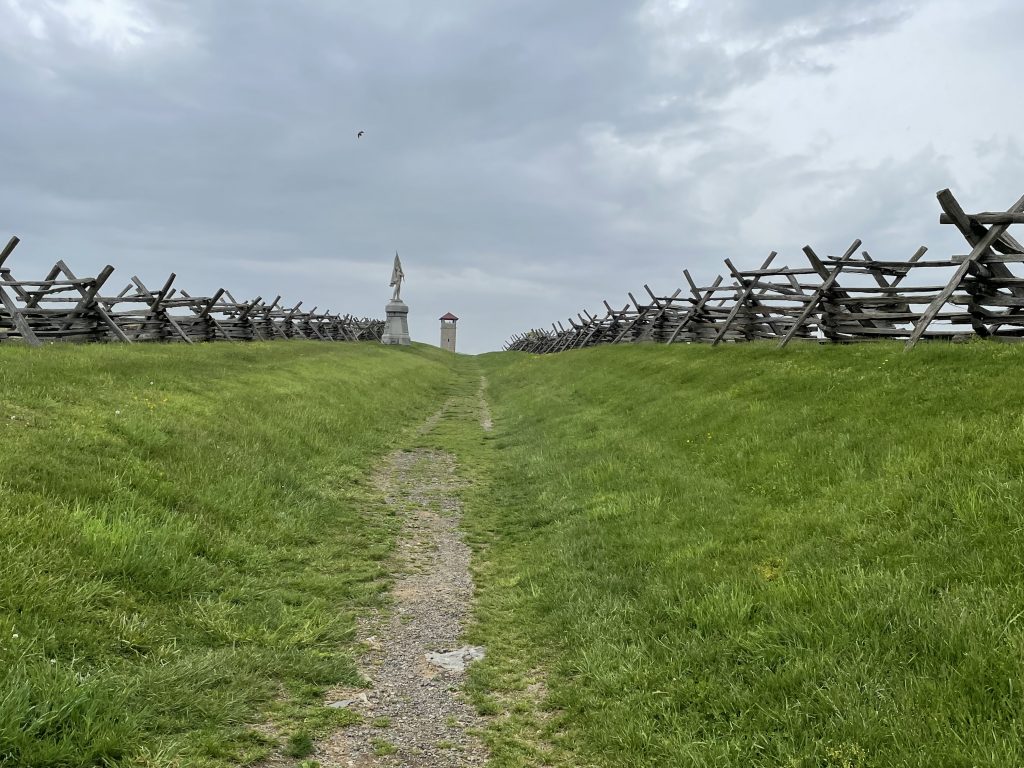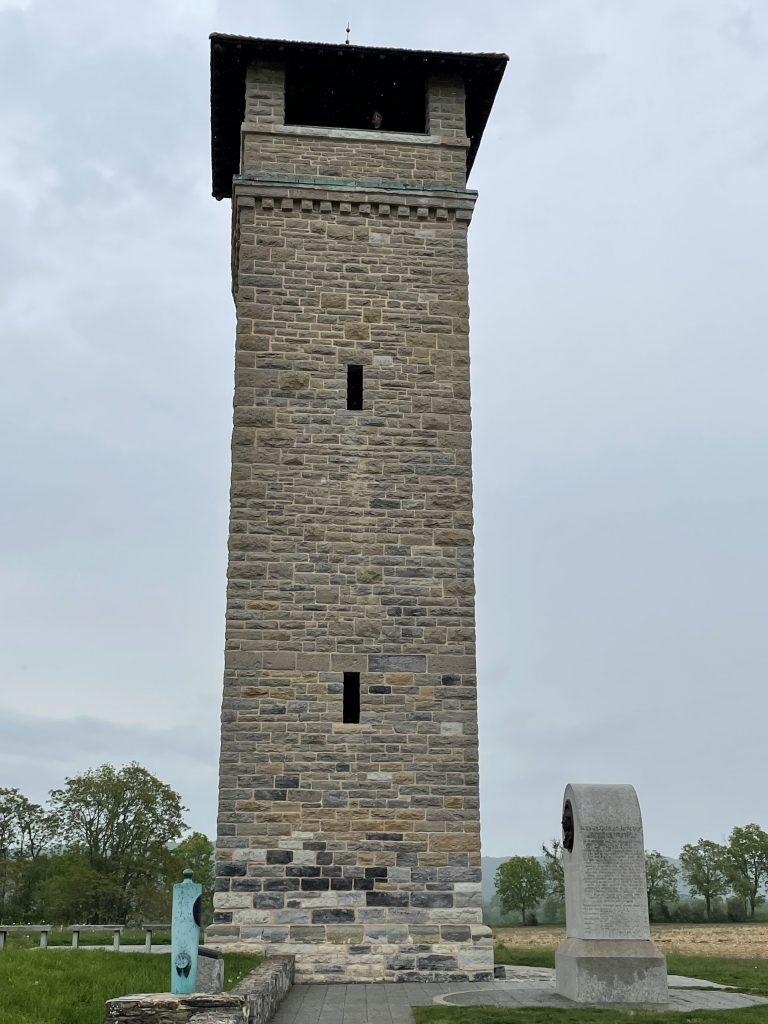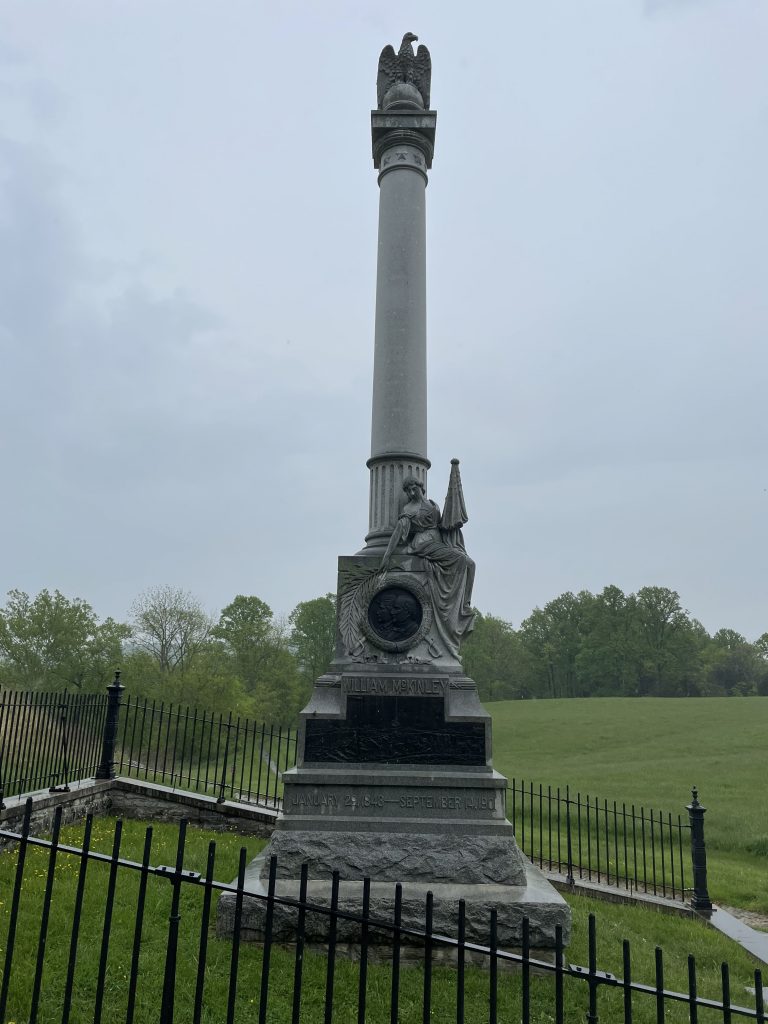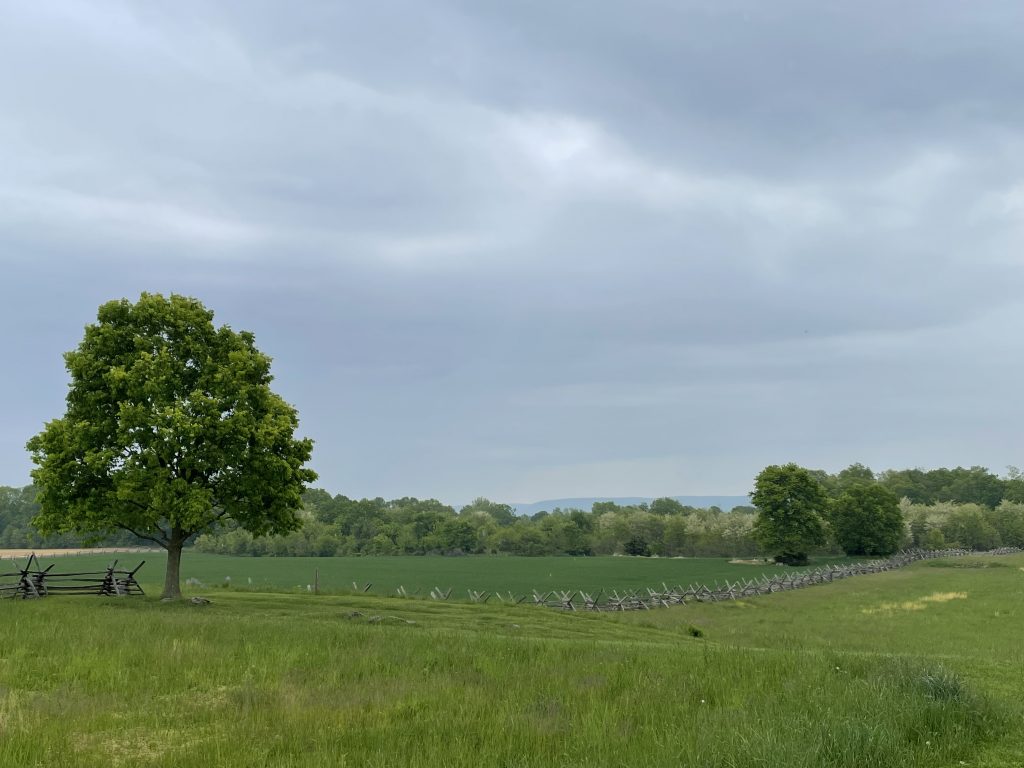On September 17, 1862, the Antietam Battlefield in Sharpsburg, Md., was the site of the bloodiest day in American history, when nearly 23,000 soldiers were killed, wounded, or missing after 12 hours of intense fighting, out of 132,000 troops engaged. The battle ended General Robert E. Lee’s first invasion of the North. While the battle itself was considered a tactical draw, it was a strategic success for the Union, and allowed Abraham Lincoln to issue the preliminary Emancipation Proclamation. In the words of the American Battlefield Trust: “The Proclamation, which vows to free the slaves of all states still in rebellion as of January 1, 1863, will forever change the course of the war and the nation by marrying the Union cause with an attack on the institution of slavery.”
The 3,229 acres of Antietam National Battlefield were under the direction of the War Department until 1933, when they were transferred into the management of the National Park Service. The visitors center shows a 26-minute film narrated by James Earl Jones that outlines the chaotic battlefield scenes of that fateful day. The acres of fully-grown corn on which the day’s battles were fought only made the chance of victory for either side much smaller; by day’s end, few corn stalks stood taller than knee-high, cut down by ongoing artillery and rifle fire.
Pictured above is Burnside Bridge; though it looks scenic now, a fierce battle raged over control of this small bridge. While Union troops eventually succeeded in taking the bridge, the Confederate force’s defense allowed reinforcements marching from Harpers Ferry to arrive at the Battlefield and bolster the Rebel actions on the main battlefield.
Antietam National Cemetery was created in the town as a resting place for the graves of nearly 5,000 Union soldiers, of which 1,836 were never identified. Confederates casualties were buried elsewhere in Maryland and West Virginia.
Sadly, from 1988-1991, the battlefield was listed as one of America’s Most Endangered places, as plans were afoot to construct a shopping center on the battlefield. Fortunately, these never came to fruition.
We visited on a dreary day with overcast skies and spurts of rain; this probably worked to our advantage while navigating our 24-foot van through narrow lanes and limited battlefield parking spots. There were certainly fewer visitors than one might otherwise expect on a weekend.








